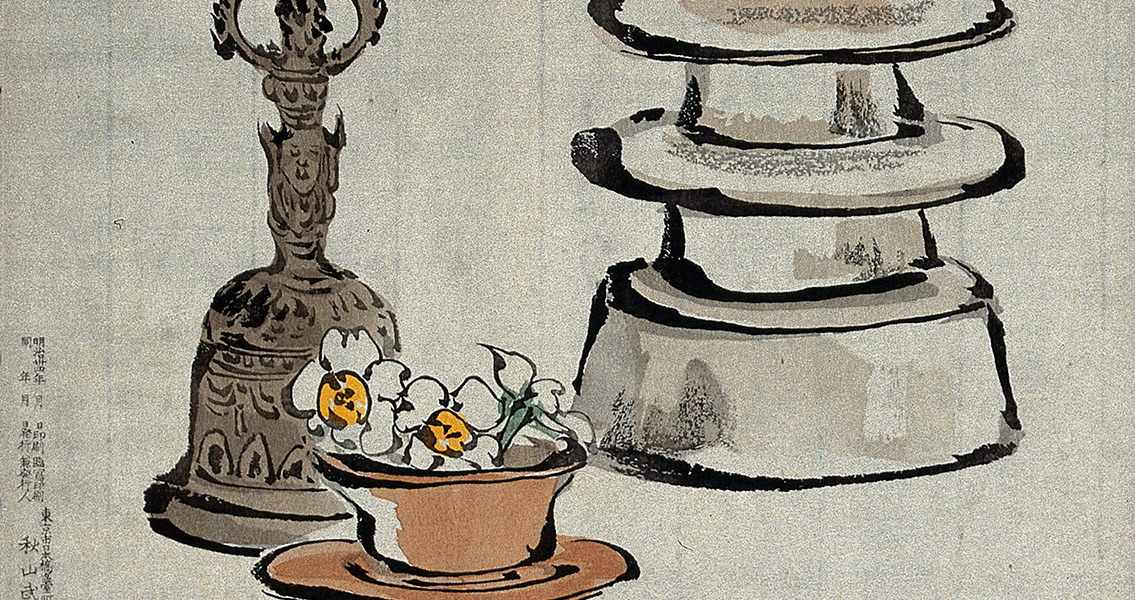<![CDATA[A Buddhist temple in Nanjing, China may have been harboring a major cultural artifact after archaeologists found what they say could be a skull fragment from Siddhartha Gautama, the Buddha himself. Researchers say the parietal bone was kept inside a model of a Buddhist shrine known as a stupa. The 1,000-year-old meditation piece was discovered in a stone chest, in a crypt underneath the Buddhist temple. Inscriptions found with the stupa claim that the skull bone is from the Buddha himself. The model is a priceless artifact itself, as it is constructed from gold, silver and sandalwood. Gemstones of varying types, such as lapis lazuli, agate, glass and crystal adorn the outside, and the stone chest the stupa was found in dates the object to 997-1022 CE, during the reign of Emperor Zhenzong of the Song Dynasty. The chest also bears the names of those who constructed the stupa and who financed its construction by donating material and money. Archaeologists won’t speculate on whether the bone fragment does or doesn’t belong to the Buddha, as there is uncertainty as to whether the inscriptions can be trusted as the truth. However, the artifact has been treated with the utmost respect, having been given to the Buddhist monks of the Qixia Temple for internment there. The stupa model, which measures almost 4 feet by 1.5 feet, was discovered beneath the Grand Bao'en Temple. The stone chest it was stored in was in itself stored within an iron box. The inscriptions on the stone bear the mark of a man named Deming, the self-described Abbot of Chengtian Monastery according to translators. The inscriptions recount the story of the parietal bone, and how it came to China, remarking that several pieces of the Buddha’s earthly remains were distributed among the faithful following his death. Nineteen of these shares were sent to China, including the parietal bone, following the decree of India’s King Ashoka, who ruled from 268 to 232 BCE. Around 1,400 years ago, the temple that the parietal bone had been sent to was destroyed in a series of wars, according to Deming. The temple was rebuilt at the behest of Emperor Zhenzong, and the Buddhist artifacts were re-interred beneath the temple in an underground crypt. Deming’s account, when translated, remarks that the model stupa was interred on July 21st, 1011 CE in a burial ceremony that he describes as “most solemn and elaborate.” In addition to the skull fragment, which was sealed within a golden inner casket placed within an outer silver casket, the remains of several other Buddhist saints were found within the stupa as well. These remains were found in a separate silver box and three crystal bottles. All were adorned with lotus patterns, images of sword-wielding gods guarding the caskets, and phoenix birds. The outside of the model stupa has several depictions of the Buddha at varying points in his lifetime. The research article accompanying the discovery is available in English for purchase from the journal ,Chinese Cultural Relics Image courtesy of Wellcome Images]]>
Chinese Shrine May Contain Skull Bone of the Buddha
